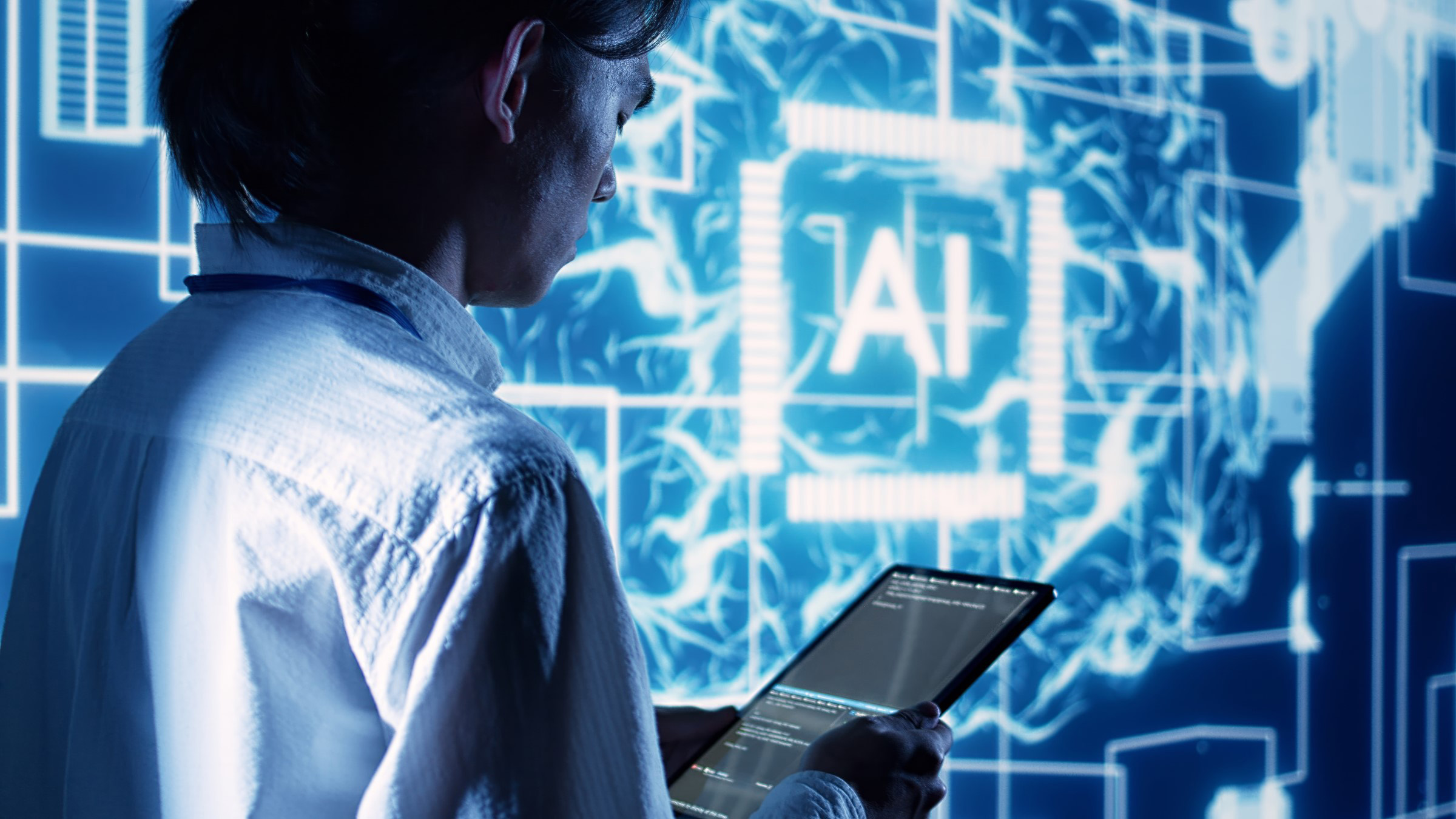Jun 17, 2025
AI-Ready Workforce Helps Organizations Leverage AI-Driven Gains
Brenda Smyth, Supervisor of Content Creation
While artificial intelligence (AI) has been around for decades, the more recent developments in generative AI are changing jobs in every industry. These newest AI capabilities offer productivity and decision-making gains, but also highlight a need for AI readiness for organizations of all sizes.
Employees are the users of generative AI, but leaders are the key to AI readiness.
By seeing through hype and identifying which AI opportunities make sense for their organizations, employers can begin rewiring strategies and operations – balancing the use of AI with reliance on expert staff with deep knowledge to run it. Security, privacy, and accuracy are also critical. And finally, employee users want and need to be trained and supported to gain confidence in using AI as a job partner.
AI Growth and Workforce Impact
AI is experiencing explosive growth, with McKinsey research predicting $4.4 trillion in added long-term productivity growth potential from AI. Early evidence of the impact AI would have showed up in an increase in job postings mentioning AI technologies and early predictions of the creation of 97 million new job roles related to generative AI. But reality shows that in many cases AI is not a separate role.
Communicating with generative AI is an art, and a skill rising in importance for many jobs.
Employees must know how to talk to generative AI tools using writing prompts. The better the questions asked, the better the output. When employees have these skills, AI becomes a collaborator, rather than just a new piece of software.
Boosting Output and Reducing Busywork
AI's most immediate benefit is its ability to automate repetitive, low-level tasks, freeing employees to focus on higher-level work. Estimates of time savings from AI usage are hard to quantify and vary by occupation and industry. Those in management and computer/math roles, along with information services, finance, and professional services industries show high usage rates.
In addition to the time savings of individual employees, companies can achieve more without expanding headcount, optimizing resources and reducing operational costs.
Examples of Generative AI-Driven Efficiencies
Clinical Documentation Support:
AI tools generate real-time summaries of patient visits, pulling from conversation transcripts, electronic records, and physician notes. Doctors spend less time writing notes, capture all the details (rather than relying on memory), and physicians spend more time with patients rather than paperwork.
Retail Trend Analysis:
A marketing analyst can ask natural-language questions of a GPT-powered data assistant such as “what were the top-selling products in Q1 across all regions?” AI interprets the data and generates graphs without the need for deep technical expertise.
Communication Efficiency for Technical Workers:
A team of financial advisors uses AI to retrieve information from a vast library of research, policies, and procedures, and draft emails to clients. Instead of manually searching through documents, they get instant summaries. Advisors’ writing skills are made compliant with the AI assist.
Training for a Future-Ready Workforce
AI readiness isn’t just about technology – it’s about people. Here’s how organizations can prepare various types of workers:
Technical Roles:
Invest in specialized training for machine learning, data analysis, natural language processing, and cloud computing.
Business Professionals:
Focus on generative AI literacy and its ethical use, with courses that cover AI prompt writing and AI productivity, helping staff understand practical AI applications.
Frontline Workers:
Provide hands-on training with AI-powered productivity tools and communication enhancers.
Leadership:
Encourage executives to champion a culture of innovation and learning, understand AI’s strategic potential, and encourage cross-functional collaboration.
Discover SkillPath’s Generative AI training programs to help your employees work smarter and stay ahead!
Building a Culture of Continuous Learning
Despite AI’s promise, employee preparation is lagging use. Reports indicate only 31% of workers said their employer provides AI training. To close this gap, companies must prioritize training in AI technical use as well as critical thinking skills so employees are prepared to evaluate and interpret the recommendations AI delivers.
AI readiness hinges on how organizations’ leaders harness AI and prepare employees. Pave the way for a cultural transformation – new ways of working and thinking.
Brenda Smyth
Supervisor of Content Creation
Brenda Smyth is supervisor of content creation at SkillPath. Drawing from 20-plus years of business and management experience, her writings have appeared on Forbes.com, Entrepreneur.com and Training Industry Magazine.
Latest Articles
